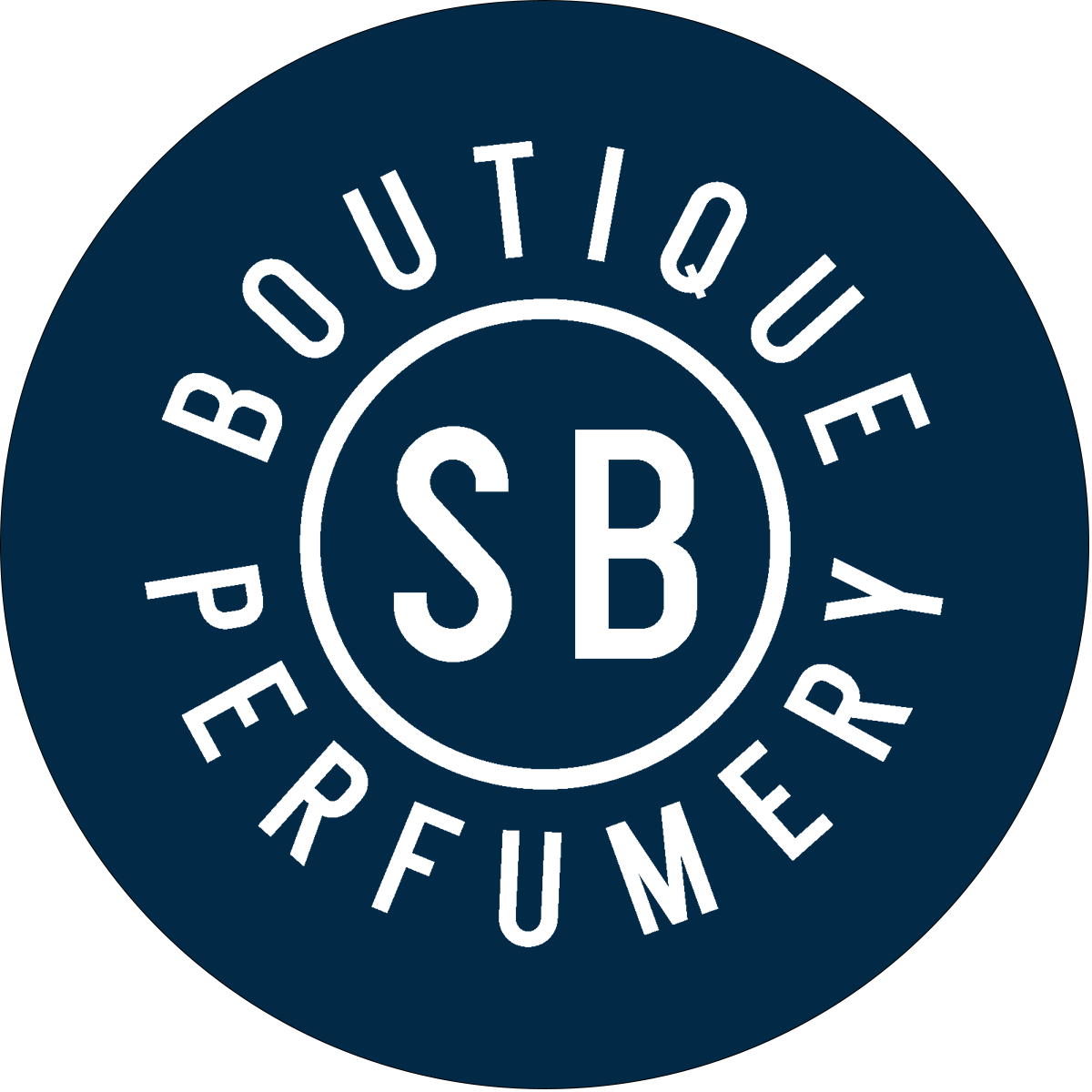THE HISTORY OF PRIDE
Pride is a fantastic and colourful celebration of the sexual diversity of people living in an area. And while it is the festival of the LGBT+ community, it’s a wonderful time for people from all backgrounds to join together and celebrate sexual diversity and support their LGBT+ friends and colleagues.
As you read this article, rainbow flags are being draped form city centre windows and rainbow-covered clothes are appearing in shop windows.

WHERE DID PRIDE COME FROM
The origins of this annual event are more political than "party". Pride started off as a response to a police raid on a pub that was popular with members of the LGBT+ community in New York in June 1969.
Located in Greenwich village in Manhattan, the Stonewall Inn was known as a place beloved by members of the LGBT+ community. Members of the LGBT+ community and establishments such as the Stonewall Inn were, at that time, monitored by the authorities, and a number of state laws sought to curb what was seen as transgressive behaviour.
For example, people were required to wear at least three pieces of clothing that were appropriate for their biological sex. In other words: no drag.
Though raids had happened in the past, the authorities would often tip off the bar owners that one was imminent but that did not happen this night. Experts still differ on what made this night different, why the patrons fought back as they did, but a resistance nonetheless sprung up.
When the police raided the venue, they took the occupants outside but there was a delay in the arrival of cars during which a larger crowd gathered.
The Stonewall Inn, where many believe Pride as we know it began
The riot began when a woman struggling with four officers called upon the crowd to take action, which they duly did and so the riots began, with the event becoming known as the Stonewall Riots. A number of those involved on that fateful night would go on to become iconic LGBT+ activists and visionaries, such as Sylvia Rivera, the trailblazing transgender activist.
This year marks 50 years since the event and commemorative events are planned in New York to mark the occasion, including the erection of a monument to Rivera near the Stonewall Inn.
A year after this, groups got together to commemorate the event and how those involved had stood up for themselves and their community. They opted for the name "gay pride" to indicate that those involved were proud to be who they were.
This group then held the first gay Pride march in the city a year to the day of the original riots.
As well as being a celebration of the community and their achievements, modern parades also continue the legacy of these historic riots, highlighting inequalities that continue in society and the persecution of LGBT+ people in parts of the world.
"Pride is the visible tip of LGBT liberation", says Tonie Walsh, an LGBT rights activist, journalist and founder of the Irish Queer Archive. "As the most public manifestation of queer Irish life, it's an important marker of affirmation and validation. It is a very necessary corrective to relentless heteronormativity and, superficially, a welcome antidote to drab street life."

THE FLAG
Arguably the most striking of any flag, the rainbow coloured symbol has a history of its own. Although very well known, the flag was not always the emblem of the LGBT+ community. Before this version came the pink triangle, which had long symbolised the community.
However, the triangle had its origins in Nazi Germany when those whose sexuality did not conform with traditional ideas were forced to wear it. Therefore, although with a storied history as a symbol, people felt that something more positive was needed.
The rainbow flag was designed by Gilbert Baker and the original with eight different coloured stripes was flown at Pride March in 1978.
However, due to fabric shortages, the hot pink and turquoise stripes were dropped resulting in the flag we see today: red, orange, yellow, green, blue, purple.
Each colour had a meaning: red for life, orange for healing, yellow for sunlight, green for nature, blue for serenity and violet for spirit, while the two earlier colours removed were hot pink for sex and turquoise for magic or art.
REF: https://www.rte.ie/lifestyle/living/2019/0613/1055184-what-is-pride-and-why-do-we-celebrate-it/
Photo cred: Jakayla Toney on Unsplas
 Welcome to...
Welcome to... Austria
Austria
 Belgium
Belgium



Share:
Meet the Cotton Flower Creatives: Pakissi Indigo Marco
The best London spots for a Father's Day meal